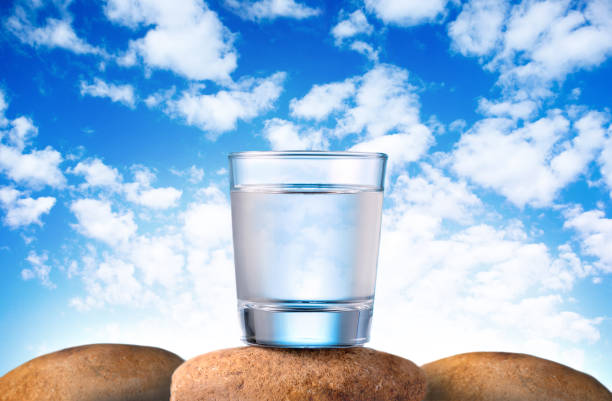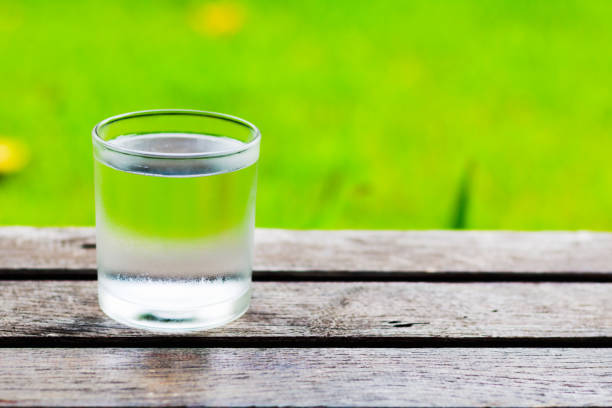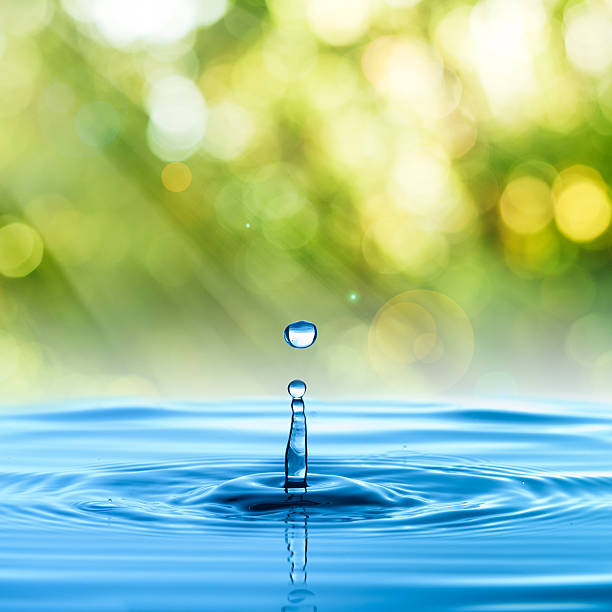 Characteristics of Reverse Osmosis Membrane Heavy Contamination and Offline Cleaning?
Characteristics of Reverse Osmosis Membrane Heavy Contamination and Offline Cleaning?
Oct .23.2024
Reverse osmosis system design will have a certain degree of surplus, to ensure that in the emergency time is not because of the reverse osmosis system of water production or desalination rate drop, reverse osmosis system differential pressure rise and make the water supply is not enough to cause a threat to the safety of the production, but in fact it is also because of the existence of these surplus makes the hidden faults are sometimes not able to show in time, so that ultimately may be evolved into reverse osmosis membrane Heavy contamination of reverse osmosis membrane elements.
 Water Purifier VS Tap Water VS Bottle Water: Which is the safest choice for your home?
Water Purifier VS Tap Water VS Bottle Water: Which is the safest choice for your home?
Oct .22.2024
Introduction: When we talk about health, we can't help but think about the happiness of the rich and the wealth of the poor. Health is not only the key to live a long life, but also the key to live a quality life. However, in our pursuit of quality of life at the same time, drinking water safety issues gradually become the biggest threat to our health. Is it worthwhile to pay for water purification equipment, and is water purifier really useful? Let's analyse this controversial topic in modern life.


 Do water purifiers actually work? Does it work? Does it work?
Do water purifiers actually work? Does it work? Does it work?
 Characteristics of Reverse Osmosis Membrane Heavy Contamination and Offline Cleaning?
Characteristics of Reverse Osmosis Membrane Heavy Contamination and Offline Cleaning?
 Water Purifier VS Tap Water VS Bottle Water: Which is the safest choice for your home?
Water Purifier VS Tap Water VS Bottle Water: Which is the safest choice for your home?
 Think water purifiers are expensive? Installing a water purifier saves you more money than you think!!!!
Think water purifiers are expensive? Installing a water purifier saves you more money than you think!!!!